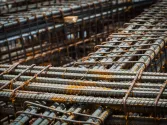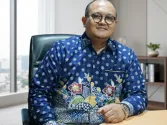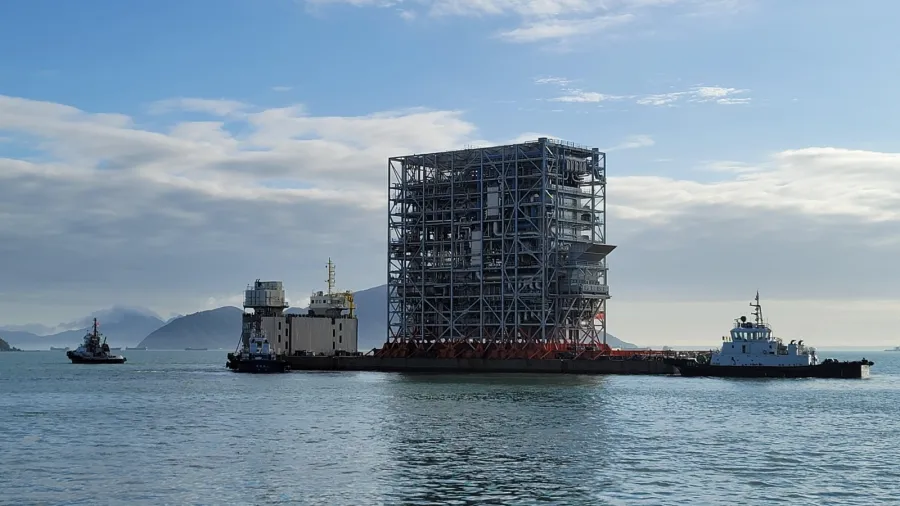
Waste-to-energy ties with mainland key to Hong Kong's green goals
Its first incinerator is only about to be finished this year, after eight years.
Hong Kong should tap waste-to-energy facilities across the Greater Bay Area instead of building its own, as it tries to phase out landfills by 2035 and generate more than 900 million kilowatt-hours (kWh) of electricity, analysts said.
“In China, there are a lot of incinerators that don’t have enough waste to burn,” Lawrence Iu, executive director at public policy think tank Civic Exchange, told Asian Power via Zoom. “We can explore collaboration with Mainland China to utilise idle facilities in the Greater Bay Area, which can ease the pressure for Hong Kong to build new facilities.”
Iu said incinerators in the Greater Bay Area could process all of Hong Kong’s waste, which reached 3.97 million tonnes in 2023, according to an October 2024 report by the Environmental Protection Department.
The Zhuhai Environmental Biomass Thermal Power Project in Guangdong province, operational since November 2016, is one of the available incineration facilities. Its first and second phases can handle 3,000 tonnes of waste daily, according to SUS Environment, a waste-to-energy service provider based in Shanghai.
Waste-to-energy facilities are key to Hong Kong's push for more sustainable waste management. It has set a zero landfill target in 10 years.
The $4b Integrated Waste Management Facilities Phase 1 (I-PARK1), the city’s first waste-to-energy incinerator built on an artificial island off Shek Kwu Chau, is about to be finished this year.
It comes eight years after its design-build-operate contract was awarded to the Keppel Seghers Hong Kong Ltd. and Zhen Hua Engineering Co. Ltd. group.
Hong Kong plans to build the I-PARK2, its second waste-to-energy plant in the middle-ash lagoon at Tsang Tsui, Tuen Mun. The government has invited tenders for the design, construction, and operation of I·PARK2, which isn't expected to start operating until 2030.
I·PARK1 was designed to process 3,000 tonnes of municipal solid waste per day, generating electricity from waste heat to power about 100,000 households. I·PARK2 is expected to double the capacity of I·PARK1.
Shipeng Zhang, an assistant professor at The Hong Kong Polytechnic University’s Department of Civil and Environmental Engineering, said incinerators, which number about 700 in China, are key to hitting Hong Kong’s zero-waste goal.
“Until that [I-PARK1] is running, let’s utilise the full potential of municipal solid waste in Hong Kong,” he added.
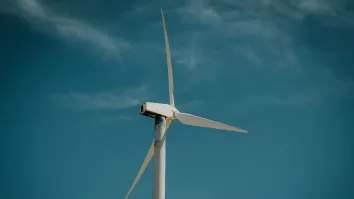
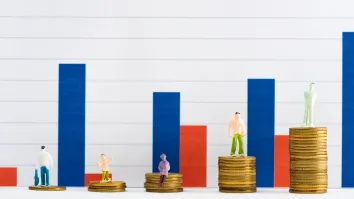
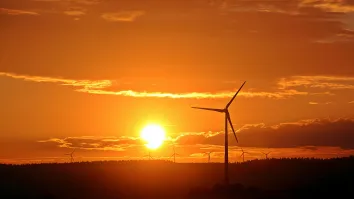
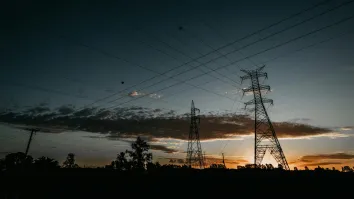


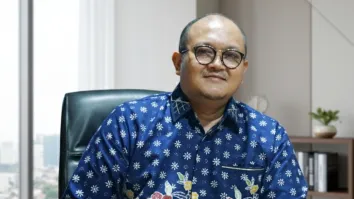

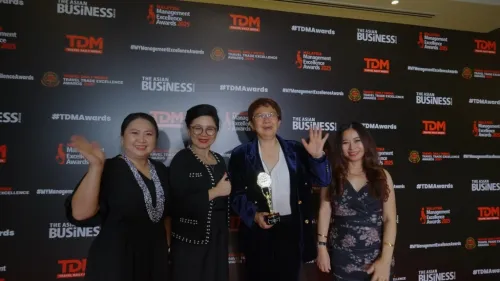
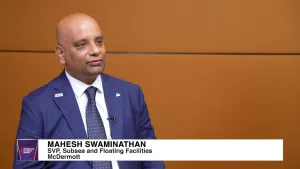

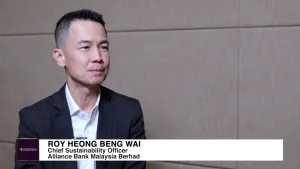
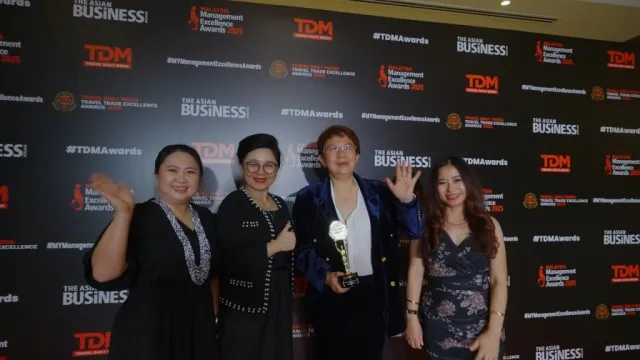

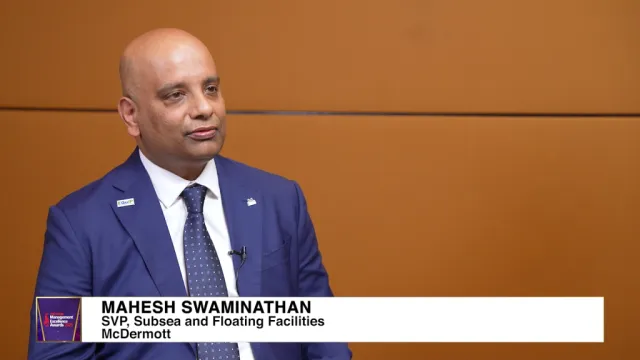


 Advertise
Advertise




